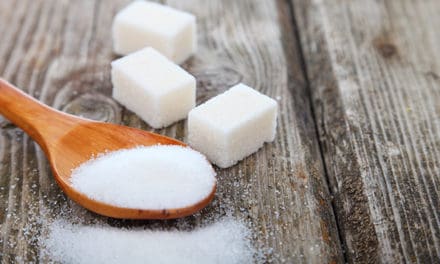
Early in life, inflammation typically arises only when needed, such as when we are healing from an injury, and then it obediently resolves. However, as we age, it can linger like an unwanted guest, even becoming a permanent state. This is called “senoinflammation,” a chronic, low-grade, and uncontrolled process that is a hallmark of aging. This change means that, while we used to bounce back from a day of chasing the kids around, or even a late night out, now we feel it. Here are three steps to reign in inflammation.
Oil change
Most of our body’s inflammatory compounds are derived from fat, so the type of dietary fat you consume can fan the flames of inflammation or help extinguish them. Specifically, omega-6 essential fatty acids promote inflammation. Unfortunately, these fats are omnipresent in the western diet in the form of highly processed vegetable oils. One of the most potent foundational changes you can make to combat inflammation is tweaking or overhauling the type of fats you eat by avoiding oil from corn, canola, sunflower, and safflower.
The excellent news is omega-3 essential fatty acids help put the brakes on inflammation. You can find omega-3s in flax, chia, and hemp seeds, grass-fed animal foods, and cold-water fish such as salmon, anchovies, and sardines. A good-quality fish oil supplement can be invaluable in achieving an optimal daily intake of omega-3s. As a bonus, many fish oil supplements are free of the environmental contaminants typically found in fish. When purchasing fish oil, look for the ISURA® label on the bottle for quality and purity. Aim for 1,000 mg of combined EPA and DHA per daily dose.
Natural firefighters
As we move through our third and fourth decades of life and beyond, an immune system protein called NF-kappa-B slowly becomes more active. This master switch of inflammation stays in the “on” position more often, signaling a continuous flow of inflammatory compounds whether we need them or not. Incorporating natural inflammation fighters can help outmaneuver this immune system glitch.
Curcumin, the active ingredient in the spice turmeric, is a well-known anti-inflammatory. What’s less well known is that it works by reigning in NF-kappa-B, the pesky protein that underlies uncontrolled inflammation. Regular intake of curcumin has the potential to tip the scales in your favor to balance a wayward inflammatory response. While curry and turmeric lattés may be popular and tasty, you won’t absorb much curcumin in that form. Check your local health store for curcumin in a form optimized for enhanced absorption.
Muscle maintenance
Without some effort, we gradually lose muscle over time, which is replaced by fat. Body fat can act as a reservoir for inflammatory compounds, meaning this shift in body composition is a major contributing factor to age-related inflammation.
Strength training to preserve muscle mass will help minimize one aspect of the pro-inflammatory parade. Beyond pumping iron, staying physically active in any way is critical to preventing inflammation from overstaying its welcome. Being mindful of adequate protein intake is also central to preserving lean body mass. We don’t have to be at the mercy of the vagaries of a changing immune system. A few simple steps can help keep inflammation working for us instead of against us.












